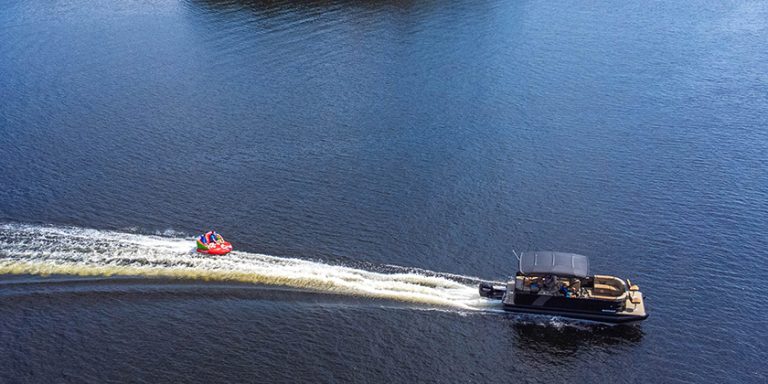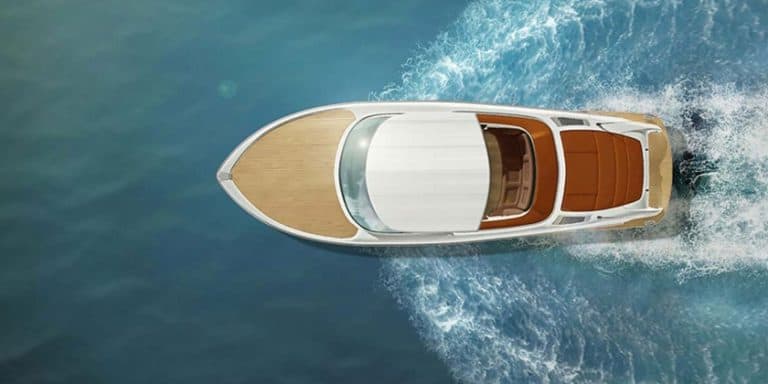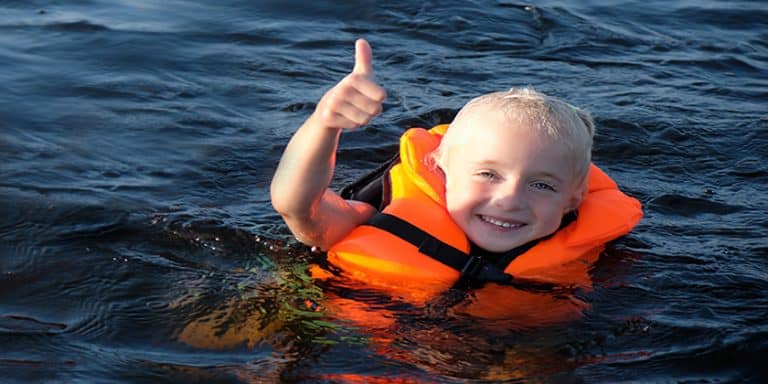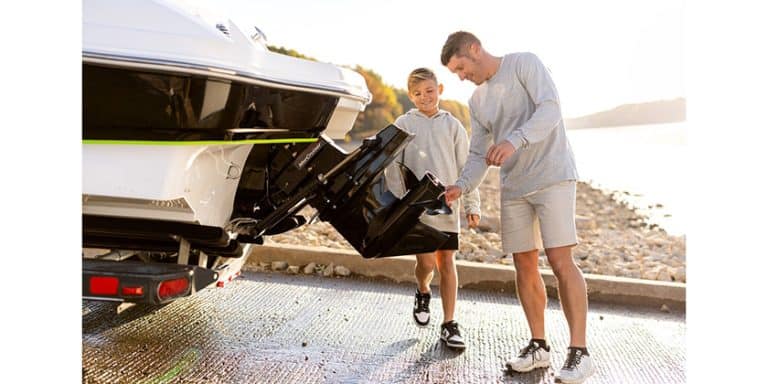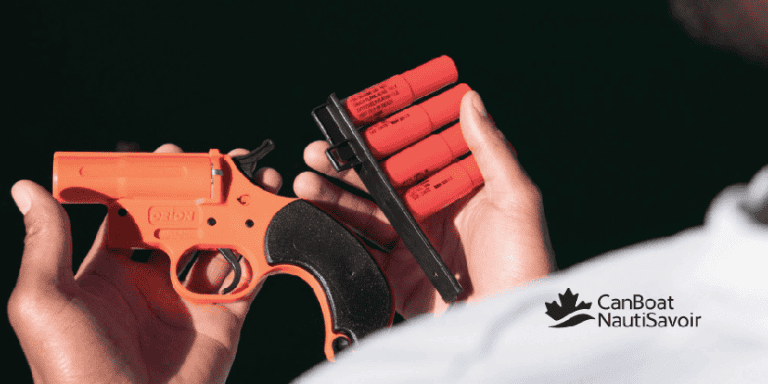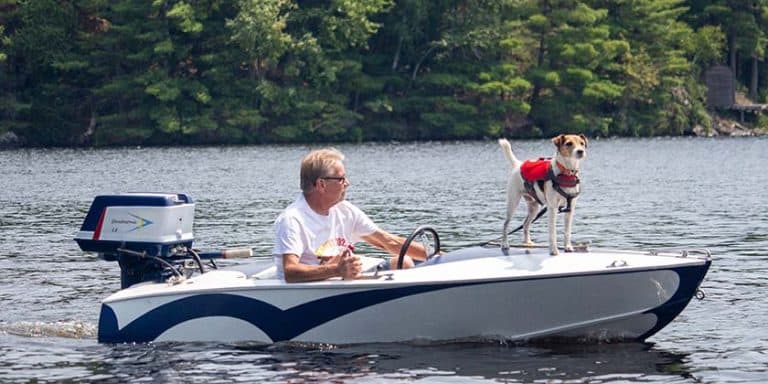Those Deviants Aboard Your Vessel
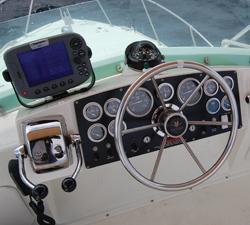
By Peter Garapick
Deviation. Just the sound of that word makes you think that something fishy is going on; some deviant behaviour is taking place onboard your vessel that you can neither see nor hear. It’s there and if you don’t take heed, it will bite you in the backside and usually when it’s a dark and stormy night. So what is it? It is the effect on your magnetic compass from all those metal parts (i.e., engine block, steel tools, electronic gizmos such as radios and wiring) and various magnets (i.e., speakers, electric motor armatures). It will affect the compass differently depending on each bearing you steer and if you only consider the difference between the True bearing and Magnetic bearing to steer a course, you may not quite get to where you were planning on going.
So how does this all work? As we know, the globe has been dissected with imaginary lines called longitude and latitude that are parallel and perpendicular and thus straight and true. It is relative to these lines that we derive our True bearing. Next, a traditional compass relies on the magnetic field of the earth and uses simple magnets to align a needle or a compass card to North. Since the North Pole is not actually at the top of the Earth and the magnetic field around the globe is inconsistent and can even differ between locations separated just miles down the coast from one another, compass accuracy relative to a true bearing will vary from place to place. This variation results in the Magnetic bearing. But when we realize what all those effects (mentioned above) onboard do by pulling and pushing that compass needle or card this way and that, we end up with a compass not quite showing the Magnetic bearing but rather a deviated bearing. This deviation results in what we call the Compass bearing.
To find the deviation aboard your vessel, you have a few choices. One is to have a certified compass corrector come aboard and swing your compass and add little magnets here or there around the compass. Not an inexpensive event, that is if you can even find such an expert kicking about the marina these days. Next option is to fiddle with the compass yourself; many compasses have minor adjustments that can be made but who knows where you may end up with that approach. The simplest option is to create what is known as a Deviation Card for your boat and this can be done over a couple of hours some calm morning with an extra hand aboard.
To do this, take your local chart and look for a set of ranges or ones that you can create by two conspicuous points and determine their Magnetic bearings. Then set a course between those points, call out your Compass bearing and have your crewmate record it next to the Magnetic bearing you should have been steering. Be sure to reverse your course and record that compass bearing, as well as there is no consistency in deviation. You can continue to use this range and sail across it on certain magnetic bearings and record the compass bearing as you cross the line between the two points or you can find other ranges to line up and steer towards or between. Ultimately, you will end up with a card listing magnetic and the related compass bearings – at a minimum for the 4 cardinal points (N, E, S, and W) and the 4 inter-cardinal points (NE, SE, SW and NW) and, if you are so inclined, for all 32 points of the compass.
This Deviation Card is a very important tool for the navigator and helmsman and should be kept close to the chart table or the helm so that every course, be it the compass, magnetic or true bearing that is chosen can be adjusted for variation and deviation. It is these 5 factors that are very important in steering an accurate course – True bearing, Variation, Magnetic bearing, Deviation and Compass bearing. Knowing how to convert between the three bearing types is crucial and requires some mental calisthenics. I won’t go into this here; there are numerous books, texts one could read and courses to take to get it all straight, but in a nutshell…
The phrase above is a proven formula to convert bearings – TVMDC or CDMVT. It can be remembered by the phrases – True Virtue Makes Dull Company – or – Can Dead Men Vote Twice. Going from a Compass bearing through to a True bearing (CDMVT) is called correcting a bearing; going the opposite way from True to Compass (TVMDC) is called uncorrecting a bearing. The biggest trick is adding or subtracting the degrees of variation and deviation since these two effects (errors) can impact the compass in either a westerly or easterly direction. This is where the mental workout comes in – determine the direction of the error and when correcting a bearing, going from Compass to True (CDMVT), add easterly errors and subtract westerly ones. It’s the reverse if uncorrecting a bearing. Got it? Better sign up for that course this winter!
But remember, a bearing can be called a True, Magnetic or Compass bearing – the direction of the boat doesn’t change; only the name of the bearing does. The key is to be sure to know which one you are using and to be able to convert between the three accurately.
When all is said and done, there is one other important factor – be sure that the lubber line of the compass is true; that is, that the compass is installed inline with the keel of your boat. If it isn’t then perhaps you best stay ashore since on top of variation and deviation you have an additional correction to make and you may never be sure what the result will be! Or then again, maybe you do – the result may be that boaters become landlubbers, at least until they control all those deviants aboard their vessels.
Photo Caption:
Photo 1 – We often suggest upgrading your helm with new navigation equipment like this chart plotter but the current passing near the compass likely has added a new source of deviation.

